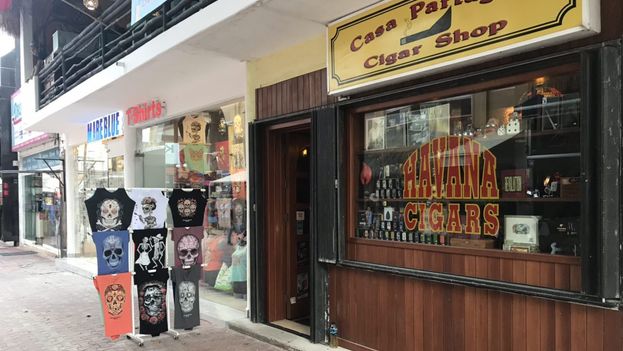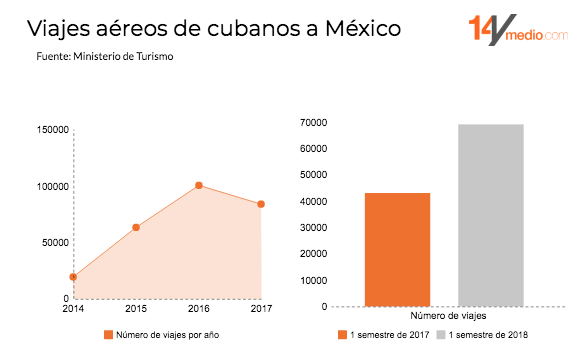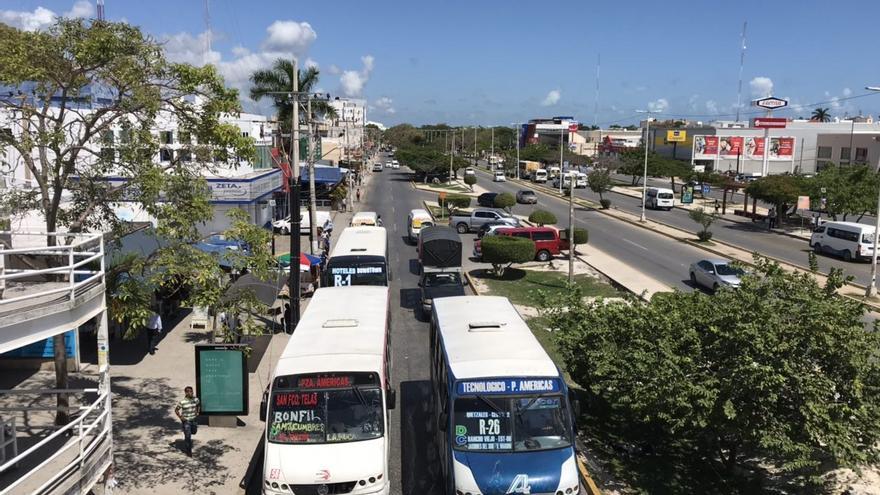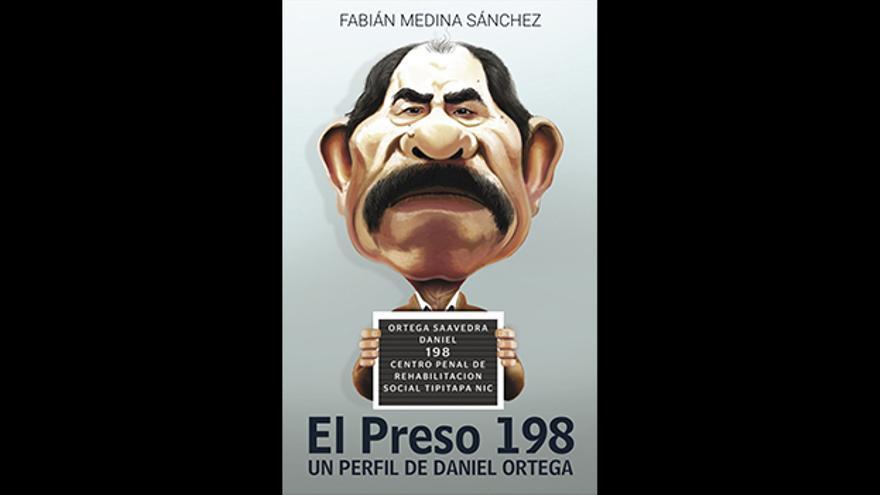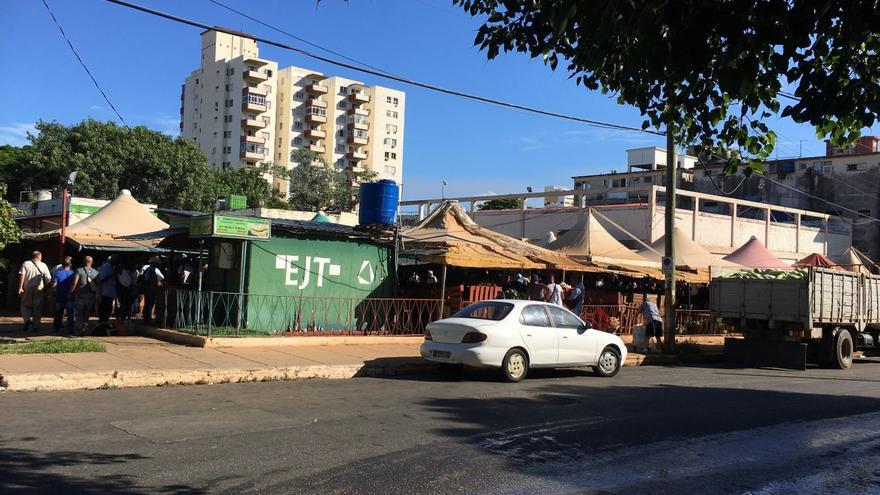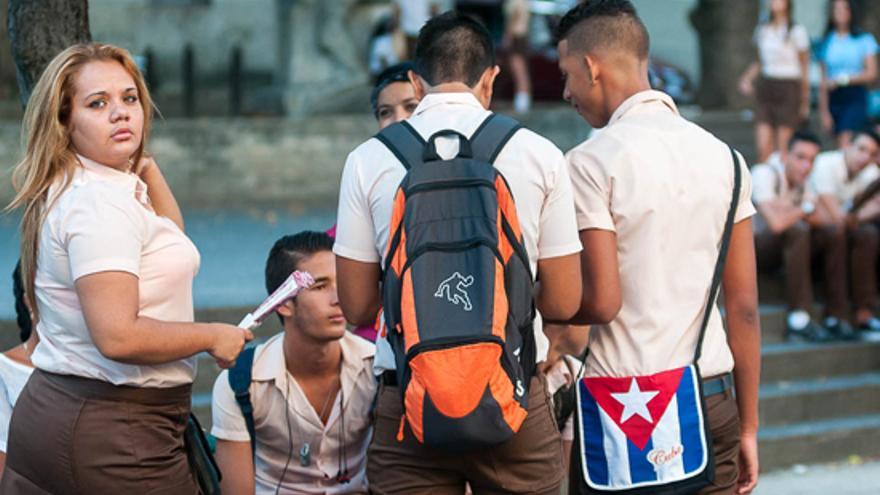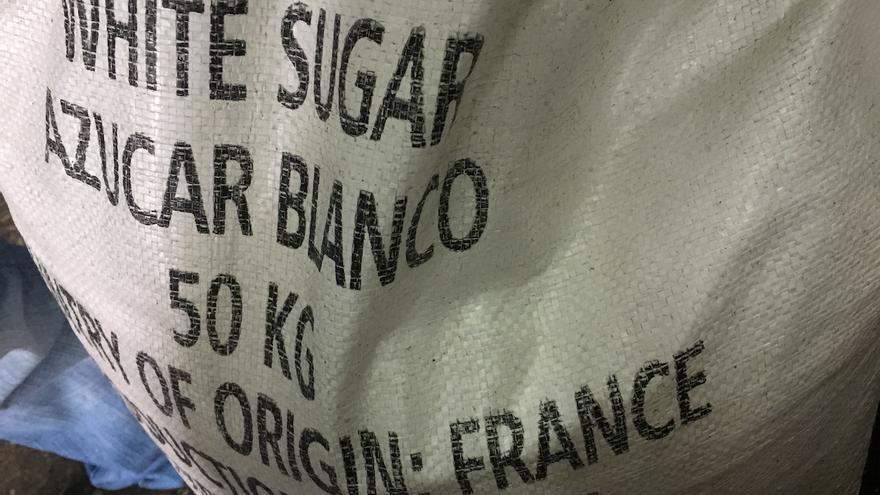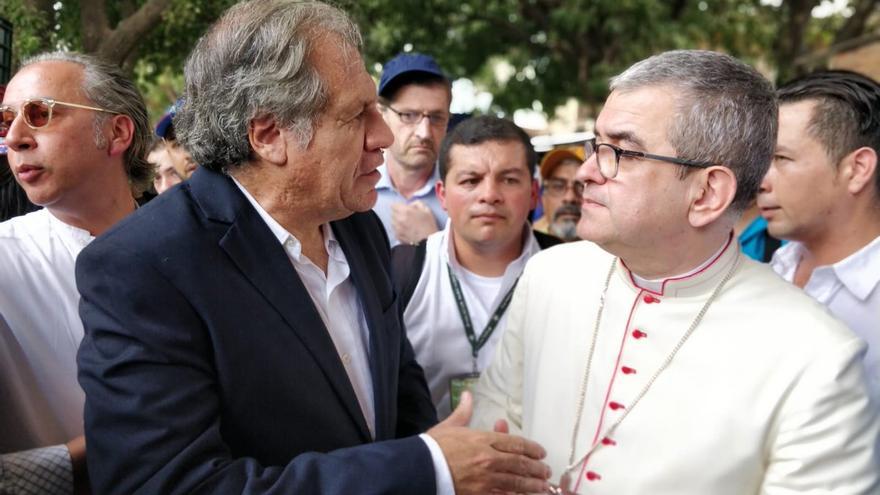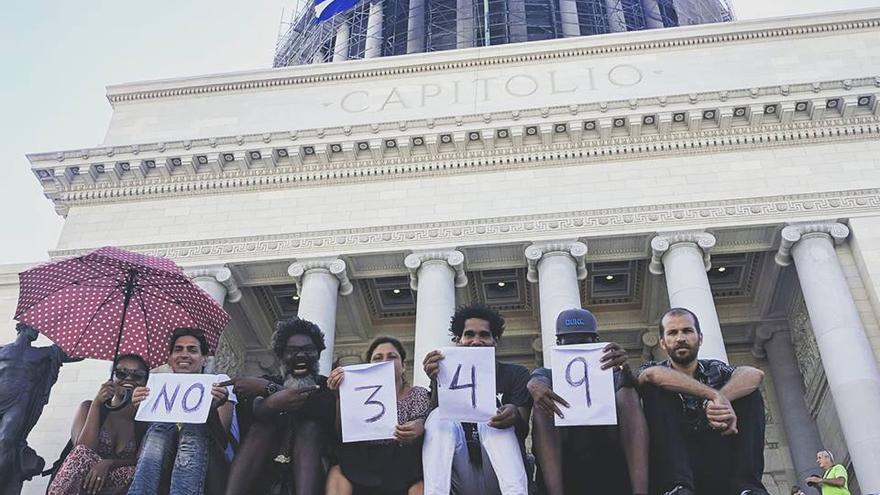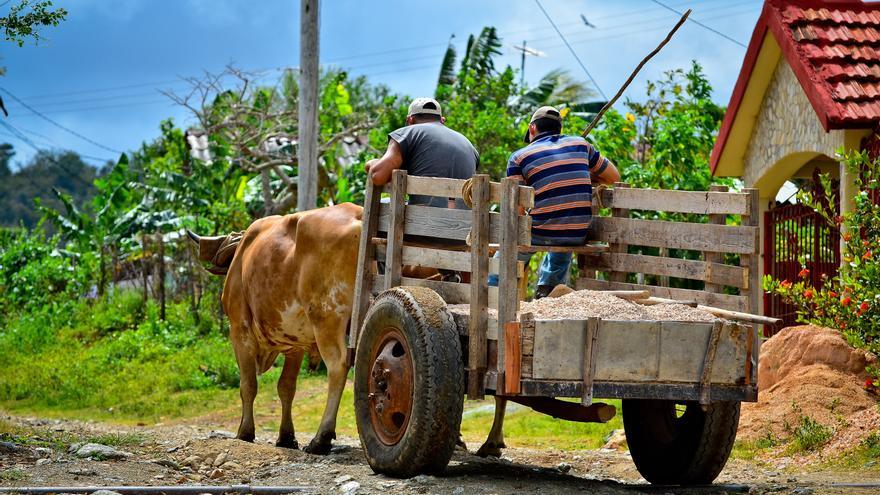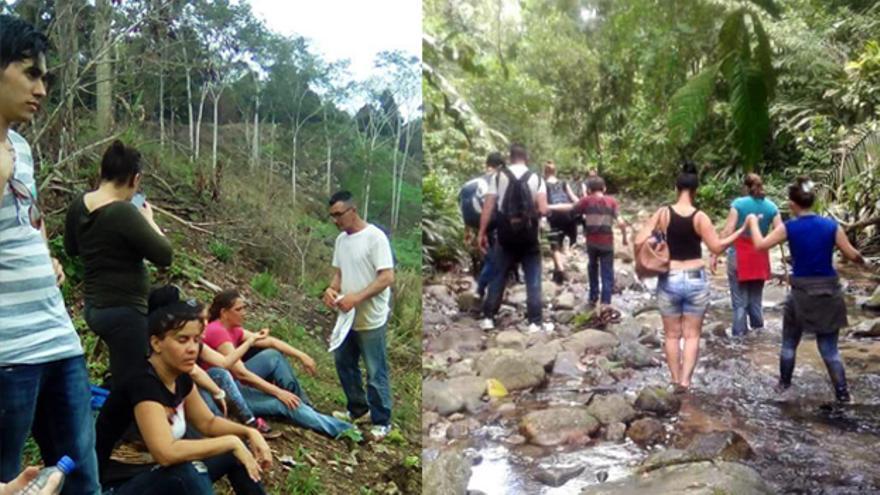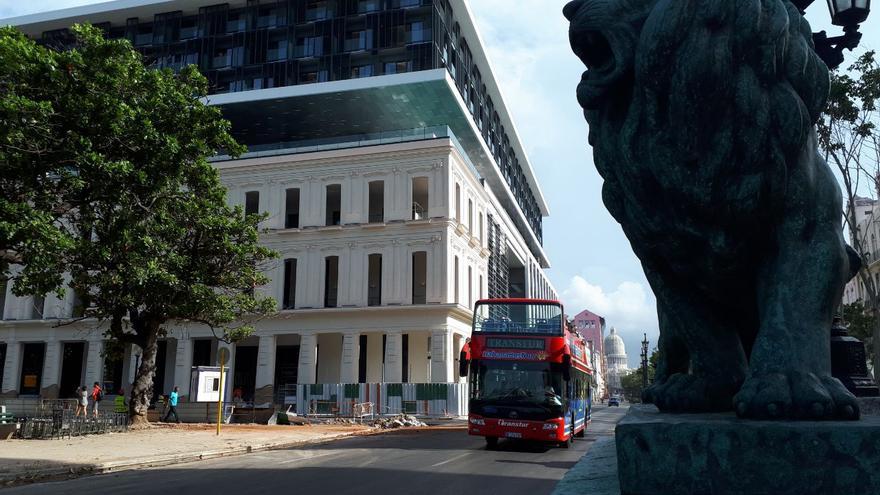
![]() 14ymedio, Havana, September 28, 2018 — The Catholic Church in Cuba is preparing a pastoral letter to make clear its position on the constitutional reform promoted by the Government. In a telephone conversation with this newspaper, Wilfred Pino, archbishop of Camagüey, explained that for the moment each diocese (administrative unit of the Church) is doing its own reflection on the document.
14ymedio, Havana, September 28, 2018 — The Catholic Church in Cuba is preparing a pastoral letter to make clear its position on the constitutional reform promoted by the Government. In a telephone conversation with this newspaper, Wilfred Pino, archbishop of Camagüey, explained that for the moment each diocese (administrative unit of the Church) is doing its own reflection on the document.
“Each bishop has been saying what he believes on the matter in his diocese. As a Conference we are going to declare ourselves, but it’s not something to be rushed because the consultation process and the referendum are planned for February of next year,” indicated the religious figure.
Pino, 68, added that he has been pleased to see that the people are expressing themselves in a spontaneous manner without fear of reprisals in the meetings that the Government has organized to debate the reform proposal, which includes controversial subjects like marriage equality, the recognition of private property, the elimination of the term Communism, and term limits for the Government. continue reading
“People have talked about salaries that aren’t enough and many have expressed their doubts about marriage equality, which is something that is being talked about for the first time in Cuba,” he added.
The archbishop published this week a letter titled My modest opinion where he suggested that the word “marriage” not be used to define the legal union between persons of the same sex. In the text, Pino used as an example several countries in the European Union where some type of legal union is recognized without using the word “marriage,” with the goal that both persons have the same rights before the law.
Remembering the words of John Paul II, who asked Cubans to take care of families, Pino reviews “the anti-birth mentality” prevalent in the country. He also goes over timely matters like low salaries (the average salary is $30.60 per month) and gives concrete examples on how this affects the stabilities of families and the country.
In ten exclamations the archbishop points out matters that worry the country, like the low birthrate, corruption, the constant exodus, overcrowding in homes, prison overpopulation, drug addiction, and alcoholism.
“I think that each one of us Cubans must express our opinion on what is being debated. And when the day of the vote comes, vote Yes or No according to the dictates of one’s own conscience,” adds Pino.
Pino’s position seems much more flexible regarding marriage equality than that of his fellow churchman, Dionisio García, archbishop of Santiago de Cuba.
García published at the end of August a document where he said that “to ignore what nature has given us or to go against the laws and written processes always brings lamentable consequences.”
The prelate insisted that the idea that rejecting gay marriage comes only from Christians is “simplistic and false” and branded the desire to reform the Constitution to permit it as “cultural imperialism.”
Article 68 has provoked controversy as well among evangelical churches, some of which even signed a document rejecting marriage equality, arguing that it was not in accordance with the ideals of communist countries.
A good part of the Cuban opposition has reported that the argument around Article 68 may eclipse more important matters like political liberties, the perpetuation of the Communist Party in power, and the human rights situation.
Wilfredo Pino said that the Catholic Church would continue its reflection on the political and civil rights of the Cuban people. The archbishop of Camagüey confirmed that the document being prepared will also deal with those matters.
Translated by: Sheilagh Carey
__________________________
The 14ymedio team is committed to serious journalism that reflects the reality of deep Cuba. Thank you for joining us on this long road. We invite you to continue supporting us, but this time by becoming a member of 14ymedio. Together we can continue to transform journalism in Cuba.

